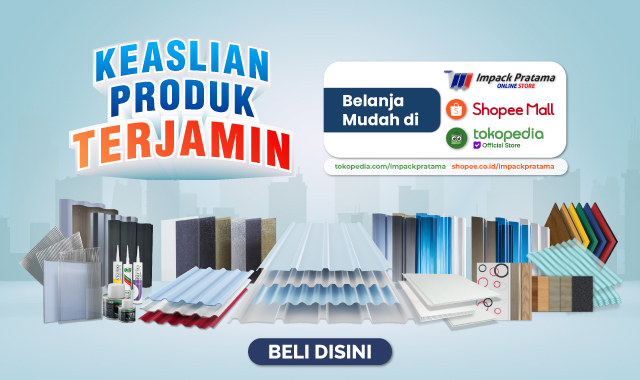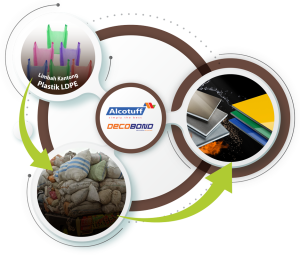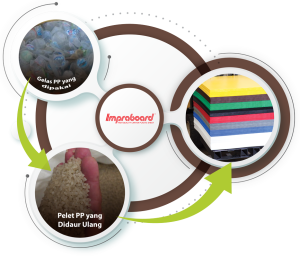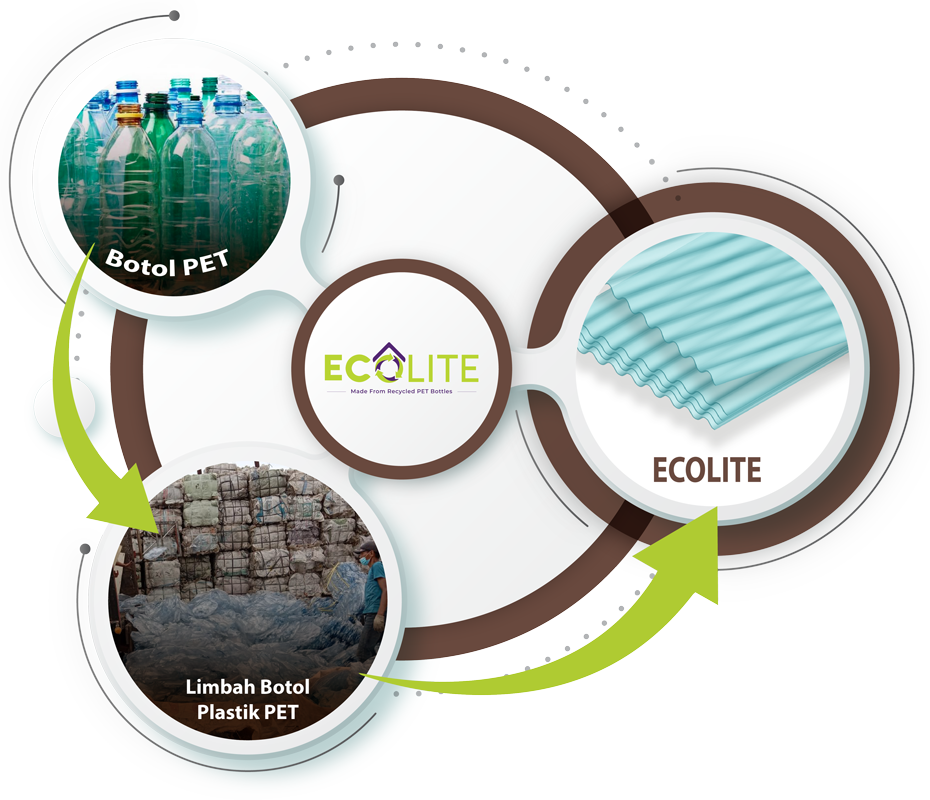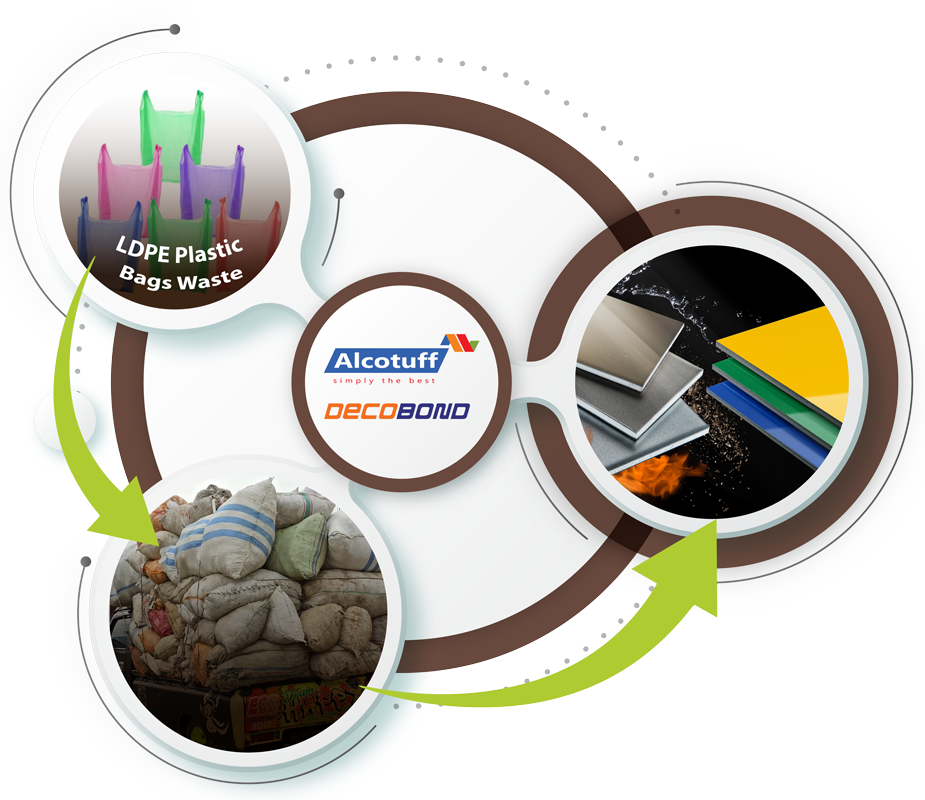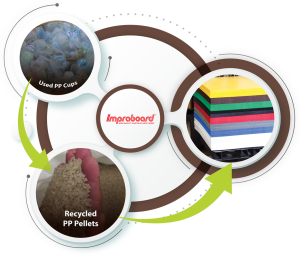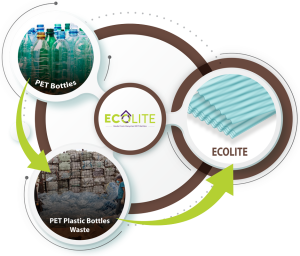Polycarbonate is a very special and unique polymer. The properties that differentiate this polymer from other thermoplastic resins are inherent toughness, transparency, clarity, broad temperature resistance, good electrical properties, and high index of refraction.
Polycarbonate is almost unbreakable. For instance 3 mm solid polycarbonate sheet withstands 4 kg ball dropped from a height of 9.5 m, 3 times in a row, and it does not break or shatter. So, for this reason, polycarbonate is used for police riot shields, ice-hockey rinks, airplane windows, and all applications that require extreme impact resistance.
If we’re talking about solid sheets, having the matching clarity and transparency just like glass, yet with 250 times higher impact strength and more than half the weight of glass per square meter for the same sheet thickness, the use of polycarbonate will save your structure cost and provides ease of installation while performing the same purpose.
You can cut polycarbonate with a fine tooth circular saw or hand saw. Ensure to support the sheet close to the cut and hold it firmly to prevent stress and vibration. If you cut multiwall polycarbonate, you can remove the dust from the sheet using a vacuum cleaner or dry compressed air.
H profile made from polycarbonate is recommended. Since both the sheets and the profile are made from the same material, they will have the same thermal movement, means they expand and shrink in the same pace with the sheets in case any temperature changes. However, in case you can’t find polycarbonate H profile, and you have to use the aluminum profile, ensure that you use rubber between the aluminum and the sheet to serve as cushion during the thermal movement of the sheets.
Ensure you use EPDM or Santoprene rubber/gasket. Using PVC gasket will harm the sheets as PVC is not compatible with polycarbonate.
It is recommended that you use a low modulus neutral sealant as to accommodate the sheet thermal movement. This type of sealant is usually almost odorless.
It will depend on your budget, and most importantly your roofing style and architectural taste preference.
Continuous weather exposures will make plastics becoming crispy and yellowing. The UV layer on top of the surface of Twinlite, SolarTuff, and SolarFlat will protect them from these issues.
The UV side is the side protected with the printed masking film. To avoid installing the sheet at the wrong side which will void the warranty, please ensure only to remove the masking film after the sheet has been installed.
If you still have the full width and the length minimum of 2M, you will still be able to identify this. At the edge of every sheet of Twinlite, SolarFlat, SolarTuff, you can see a black print “this side facing to the sun”
You can’t see the UV layer with the naked eyes. A laboratory test is required to prove this. Some international labs have this facility.
Depending on your budget, the thicker the sheet the better the insulation effect it gives, this means the building will save the air conditioning cost during hot days and heating cost during cold days.
You can simply spray the sheet with water, or use warm soapy (mild liquid dish soap) water to clean the sheets. In case any dirt remains, gently wipe off with a soft cloth. Please do not use brusher or sharp instruments as they might scratch the sheet
For safety reason, never step on the sheet. Ensure that you step only on the structures.
There is a chance that condensation happens between the walls, especially when there is a big difference between the outside and inside temperature. To avoid the moisture from the condensation being trapped in between the walls, please ensure that the direction of the flute (hollow) is correctly installed (please see the installation section in this website).
This could happen when the distance between the spans is too wide. Please check the recommended span distances in our installation manual.



